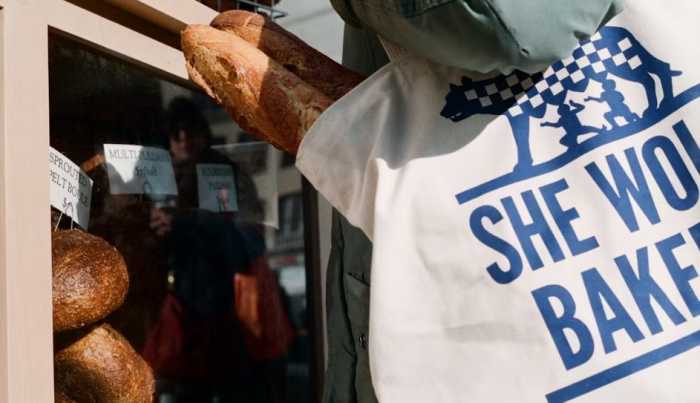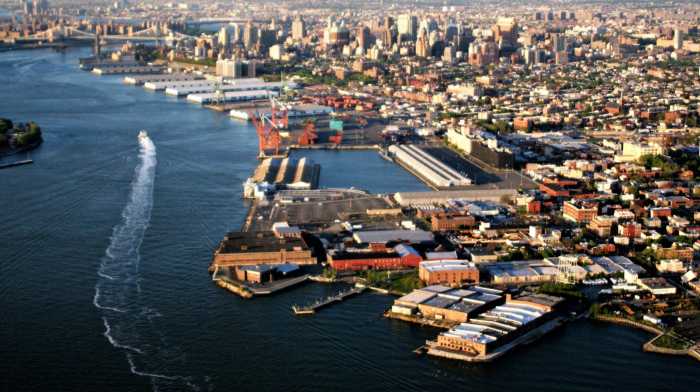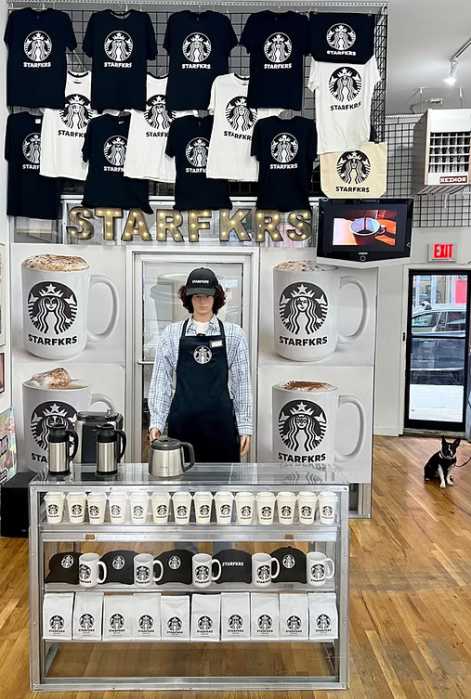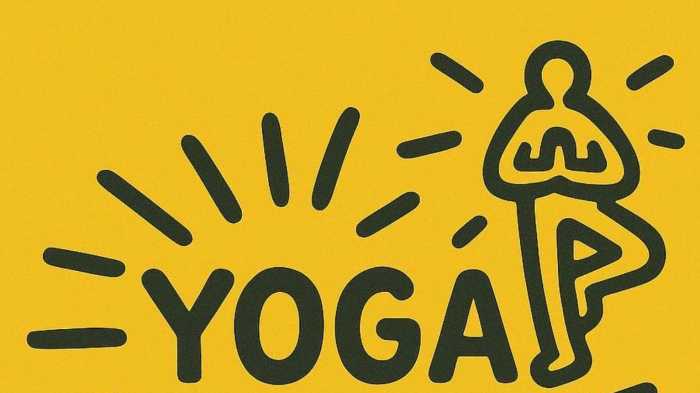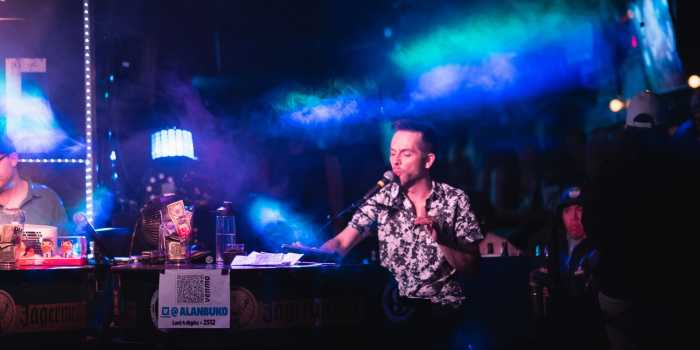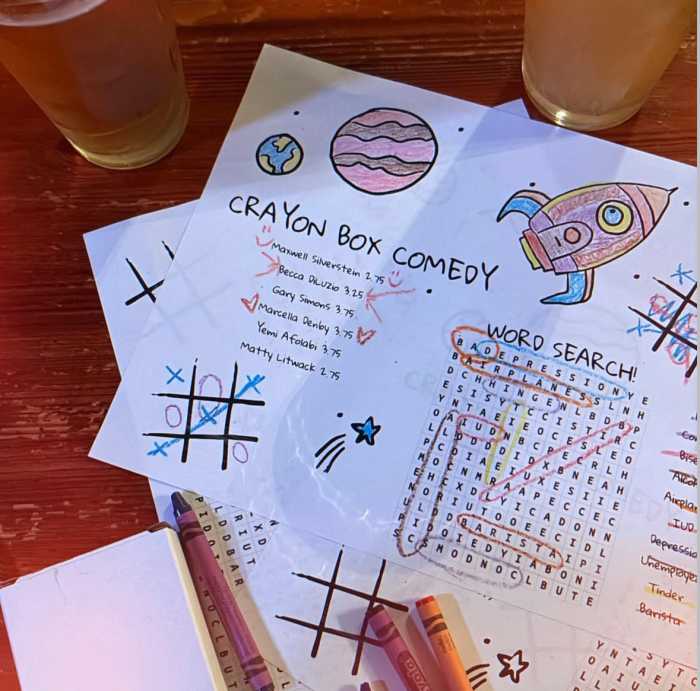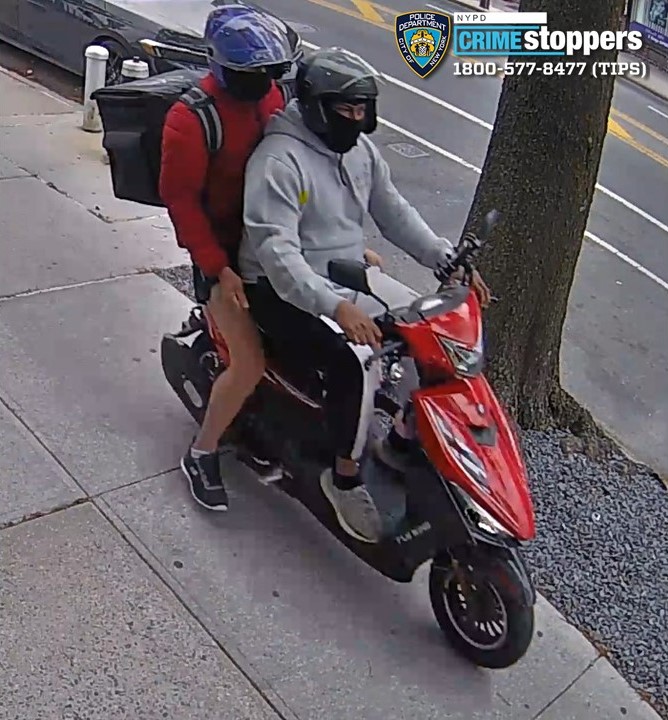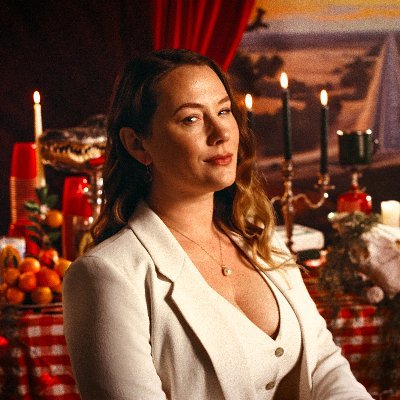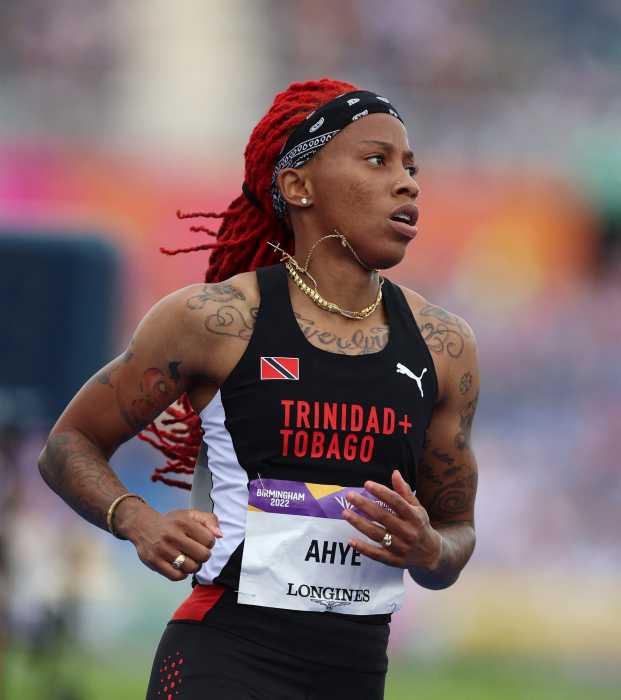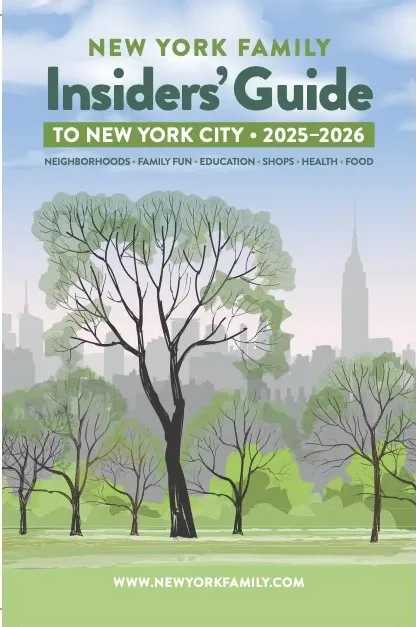Calls to restore trolley service to Brooklyn probably started the day after trolley service — like the Dodgers — left Brooklyn.
Many of those pleas, however, were based more on the dreamers’ romantic attachment to the borough’s fabled light-rail system than any actual vision for how such vehicles would improve the flow of cars, pedestrians, bikes and buses through a clogged city.
And, of course, there was always the question of how to make trolleys financially viable.
But for the first time in many years, the romantics who crave trolley service and city planners who seek efficient ways of moving people have a great opportunity to work together: Brooklyn needs a trolley to bring tourists and residents from the transit hub at Borough Hall to the Brooklyn Heights and DUMBO waterfront, where a housing and hotel development — which proponents say will contain a park component as well — is being built.
Some residents of Brooklyn Heights, fearing an influx of “outsiders,” hope to prevent any link to the development, commonly referred to as “Brooklyn Bridge Park,” through the heart of their neighborhood. Already, they appear to have quashed the most-viable connection — from the Promenade at Montague Street down to the waterfront.
As much as we might pine for Arthur Melnick’s plan for a three-route, multi-car, Red Hook–Downtown–Botanic Garden system, for now, planners would be wise to start simply. They should lay one set of track along Washington Street — a vital link from Borough Hall to DUMBO that is now just a parking lot for federal court workers — to get people down to the waterfront.
Trolley turnarounds at Borough Hall and at the already existing, though hard-to-reach, parkland between the Manhattan and Brooklyn bridges, would draw New Yorkers and tourists alike. The trolley would also serve the entrance to the Brooklyn Bridge footpath — the worst-labeled, least tourist-friendly attraction in the city.
Brooklyn Bridge Park planners say they’ve ruled out a trolley, favoring buses that look like trolleys. Brooklyn deserves better than a fake reminder of its history — that’s for second-rate cities that want to be like us.
Give us a real trolley.


